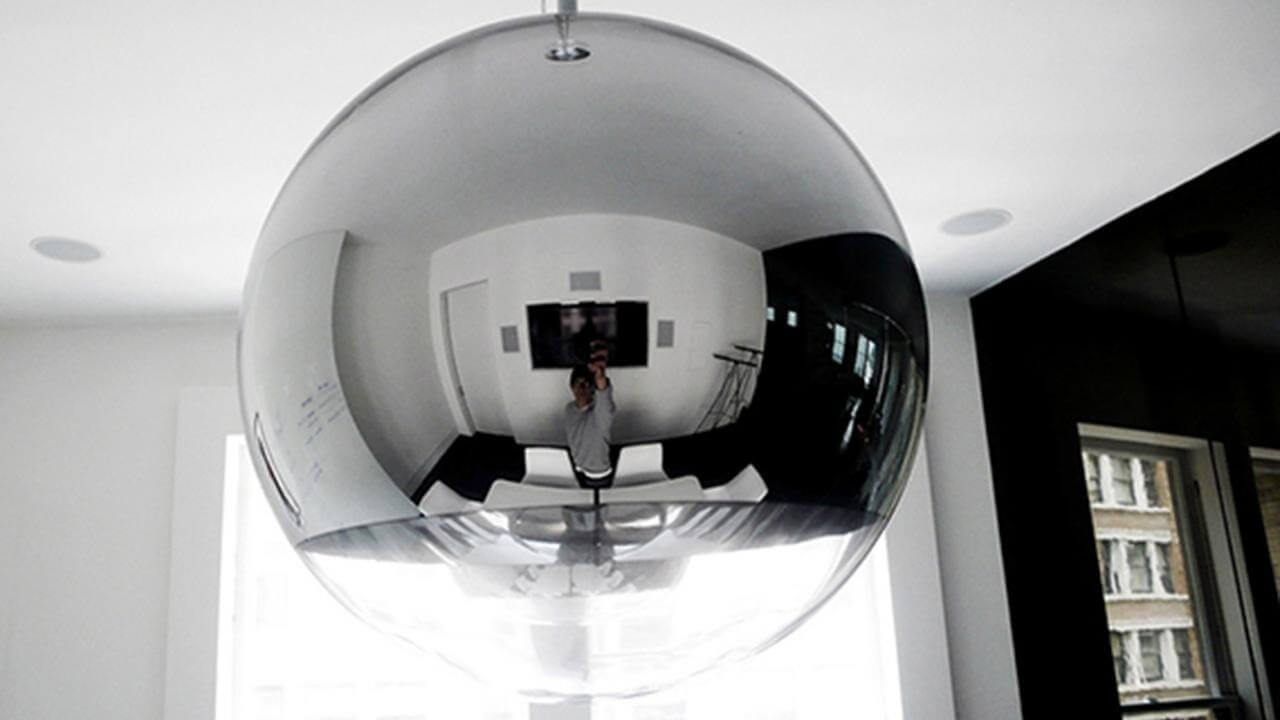Understanding Cause and Effect within Your Architectural Design
In a previous article I taught you about meeting occupant needs before they arise, as compared to meeting them after they arise. This is important for effective building design, as your building needs to help its occupants meet their goals and enjoy their journey while striving to achieve them. And after all, when architecture becomes an active participant in an occupant’s journey, then their likelihood of achieving success increases.
Now, to help you better predict occupant need, which can often be a daunting task given many of today’s complex programmatic requirements, — sensory design can be used to help you unravel the “occupant need” architectural challenge.
You see, sensory design allows you to dissect your building’s qualities to better understand how they will impact your occupant — and by having a better grasp of why your building works (or does not work) for occupants the way it does, your environments are more likely to improve because you would better understand the cause and effect relationships presented within your architectural designs.
The Role of Sensory Design within Your Creative Design Process
Sensory design is a way for you to think about how your building impacts your occupants — from the way they perceive it through their senses, to the way they react to it on all five levels of experience: physiologically, intellectually, emotionally, behaviorally, and spiritually. By building more humane architecture that actually taps into what an occupant needs, when they need it, you will be able to increase building effectiveness exponentially.
But how does this fit into your creative design process? Well, sensory design is a way of thinking and strategizing — where your design decisions directly impact the occupants whom your buildings serve. You see, there is great leverage in knowing about sensory design, because when you understand your building’s impact earlier on in the design process, then your building design outcome is much stronger: where it is more likely to be cherished by occupants because it is more effective in helping them to achieve the successes which they want.
Understanding Sensory Design’s Impact on the Architectural Design Discipline
If more architects used sensory design within their design process, our built environments would not only be more humane, but would actually help their occupants to thrive while within them. Within a hospital, for instance, patient recovery would occur in less time and with higher quality, all because the architect understood what the patient and medical team needed to ensure a speedy recovery from a particular illness for a particular type of patient. This would mean meeting occupant need in real-time, with real life-determining issues, and with real precision.
The beauty of sensory design is that you can get very detailed with it as you design. That is, you can really delve into occupant need, and fine tune building-to-occupant impact on macro and micro levels. This is extremely powerful for you as an architect — to ensure that both your grand design gestures and your architectural details are all aligning to yield happy and healthy building occupants.
Image Credit: © Puckillustrations | Fotolia






